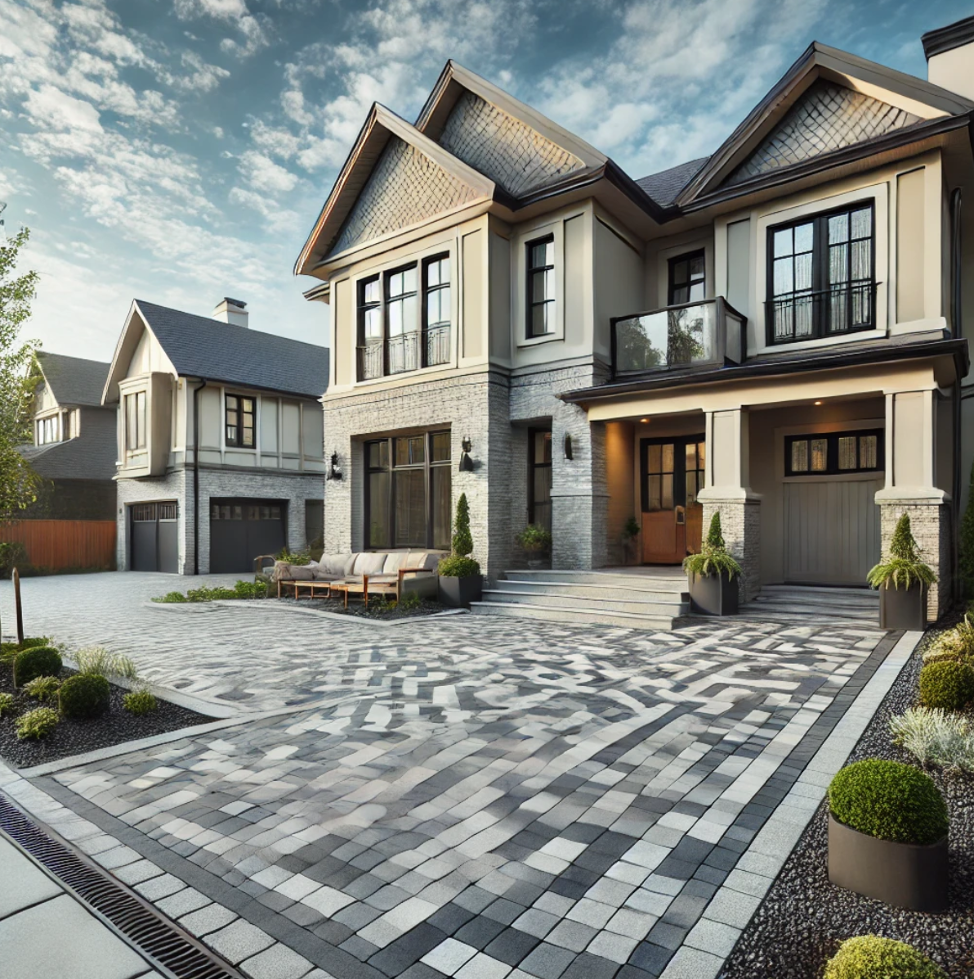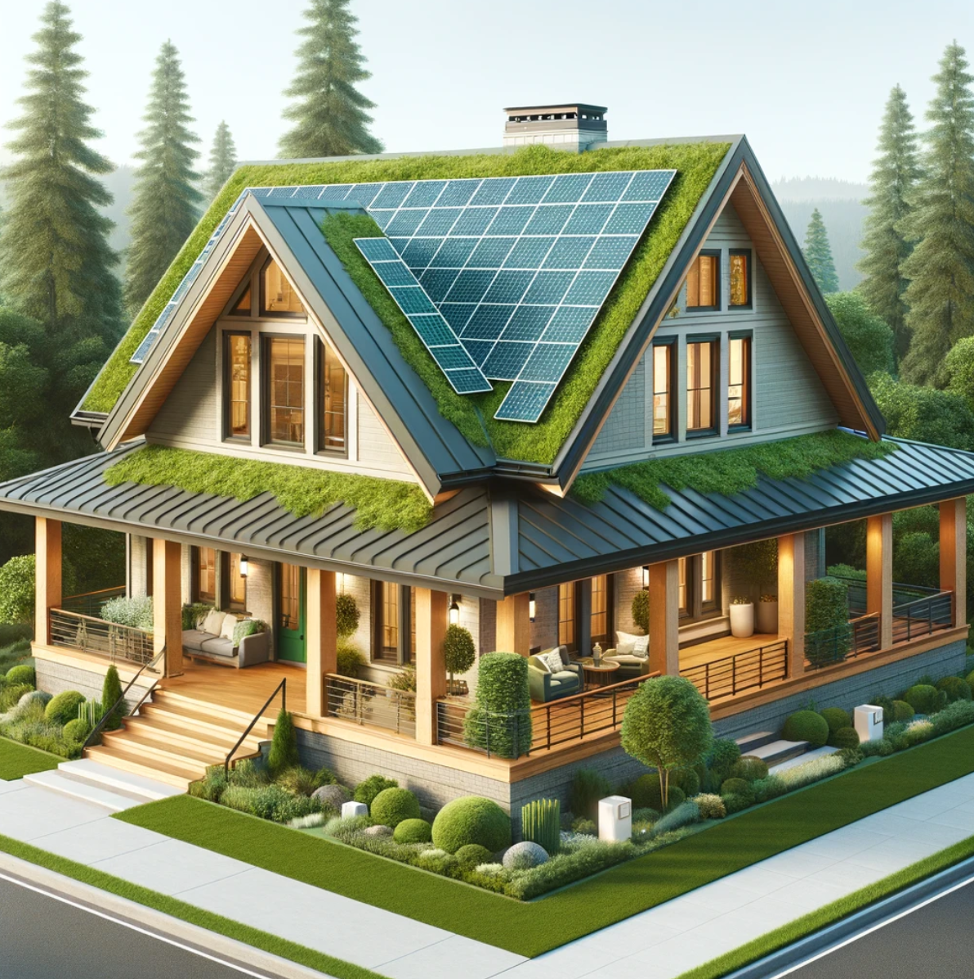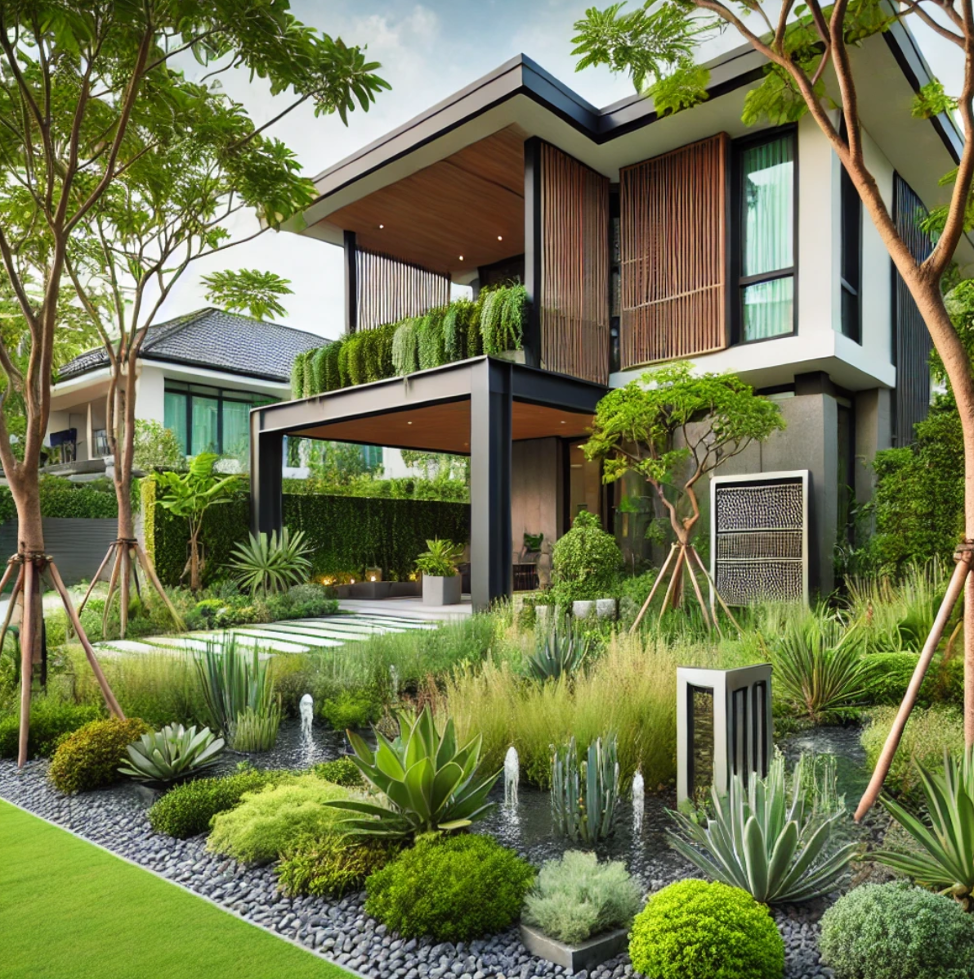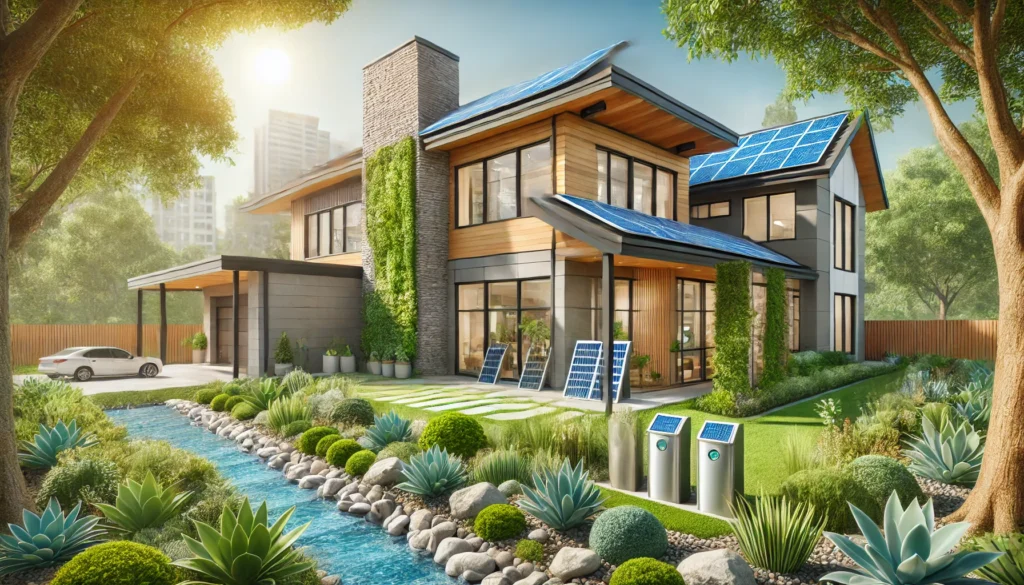In today’s world, sustainable building practices and environmentally friendly materials have become essential elements of home renovation. Exterior remodeling is no exception, with homeowners increasingly seeking eco-friendly solutions to reduce their environmental footprint while enhancing the aesthetics and functionality of their homes. Sustainable exterior remodeling not only benefits the planet but also improves the efficiency, durability, and value of your property.
In this expert guide, we’ll explore the most effective sustainable remodeling strategies, eco-friendly materials, and modern design solutions that can transform your home’s exterior while maintaining environmental responsibility.
1. Eco-Friendly Siding Options
Siding is one of the most visible aspects of your home’s exterior, and using sustainable materials can make a significant impact. Choosing eco-friendly siding options can reduce the need for frequent replacements and minimize environmental harm during production.

Best Sustainable Siding Materials:
- Recycled Wood: Reclaimed or recycled wood siding is an excellent option for reducing waste and promoting sustainability. It offers the natural warmth and aesthetic appeal of wood without requiring new trees to be cut down. This material also has unique textures and character, making it a popular choice for rustic or natural designs.
- Fiber-Cement Siding: Made from a mixture of cement, sand, and cellulose fibers, fiber-cement siding is a highly durable and low-maintenance material. It has a much lower environmental impact than vinyl siding and is resistant to fire, moisture, and pests. Its long lifespan makes it an eco-friendly choice, as it reduces the need for frequent replacements.
- Metal Siding: Metal, particularly aluminum or steel, is an excellent sustainable siding option because it can be recycled multiple times without degrading. It’s also highly durable, withstanding extreme weather conditions and requiring minimal maintenance. Metal siding is ideal for contemporary and industrial-style homes.
2. Energy-Efficient Windows and Doors
Windows and doors are critical to the energy efficiency of your home. Upgrading to energy-efficient models not only reduces energy consumption but also improves comfort and lowers utility bills.

Key Features of Energy-Efficient Windows and Doors:
- Triple-Glazed Glass: Triple-glazed windows provide superior insulation compared to double-glazed or single-pane options. The multiple layers of glass trap heat, keeping homes warmer in winter and cooler in summer, which reduces the need for heating and air conditioning.
- Low-E Coatings: Low-emissivity (Low-E) coatings are thin metallic layers applied to glass that reflect heat while allowing natural light to pass through. This technology prevents heat from escaping during winter and keeps your home cooler in summer, improving overall energy efficiency.
- Thermally Broken Frames: Thermally broken frames feature a barrier between the inside and outside parts of the frame, reducing the transfer of heat. This insulation prevents energy loss and improves the performance of your windows and doors.
3. Sustainable Roofing Materials
Roofing is a critical aspect of your home’s exterior that significantly affects energy efficiency and environmental impact. Choosing sustainable roofing materials can ensure durability while minimizing ecological harm.

Top Eco-Friendly Roofing Materials:
- Metal Roofing: Metal roofs, particularly those made from recycled materials, are a long-lasting and eco-friendly choice. Metal reflects solar heat, reducing cooling costs, and it can be fully recycled at the end of its life. Metal roofing is also resistant to fire and extreme weather, making it a highly durable option.
- Green Roofs: A green roof, covered in vegetation, offers insulation, absorbs rainwater, and provides a habitat for wildlife. It helps reduce the urban heat island effect, improves air quality, and can lower energy costs by providing additional insulation.
- Solar Roof Tiles: Solar roof tiles are an innovative solution that combines energy generation with durable roofing. These tiles function as regular roofing materials while also generating solar power, reducing reliance on non-renewable energy sources and lowering electricity bills.
4. Permeable Paving Solutions
Traditional concrete or asphalt driveways and patios can contribute to water runoff, increasing the risk of flooding and erosion. Permeable paving is a sustainable alternative that allows rainwater to pass through the surface, replenishing the groundwater supply.

Types of Permeable Paving:
- Permeable Concrete: Unlike traditional concrete, permeable concrete contains gaps that allow water to seep through. It’s an ideal solution for driveways, walkways, and patios that require both durability and water management.
- Gravel Pavers: Gravel is a natural, cost-effective, and environmentally friendly option for permeable paving. Gravel pavers consist of small stones that allow water to easily flow through, making them an excellent choice for areas with high rainfall.
- Permeable Pavers: These pavers are designed with gaps between them, allowing water to penetrate the ground below. They come in a variety of materials, including brick, stone, and concrete, and are perfect for both aesthetic appeal and functionality.
5. Sustainable Landscaping: Native Plants and Water Conservation
Your home’s exterior is more than just siding and roofing—it also includes your garden and landscape. Sustainable landscaping practices reduce water use, promote biodiversity, and enhance the overall beauty of your property.

Sustainable Landscaping Practices:
- Native Plants: Choosing plants that are native to your region is one of the most sustainable choices for your garden. Native plants are adapted to the local climate and soil, requiring less water and fewer chemical treatments. They also support local wildlife and pollinators.
- Xeriscaping: Xeriscaping is a landscaping technique that minimizes water use by incorporating drought-tolerant plants, reducing the need for irrigation. This approach is perfect for regions with limited water resources and helps conserve precious natural resources.
- Rainwater Harvesting Systems: Installing rain barrels or rainwater harvesting systems allows you to collect and store rainwater for use in your garden. This reduces reliance on municipal water systems and lowers your environmental footprint.
6. Smart Exterior Lighting and Solar Power Integration
Incorporating smart technology into your home’s exterior can significantly improve its sustainability. Smart exterior lighting systems and solar power solutions enhance efficiency and reduce energy consumption.
Smart Technology and Solar Power:
- Smart Lighting Systems: Smart exterior lighting can be programmed to adjust brightness, motion-activated, or controlled remotely via smartphone. This technology ensures lights are only used when necessary, reducing energy waste.
- Solar-Powered Lights: Solar-powered exterior lighting eliminates the need for electricity. These lights charge during the day and provide energy-efficient illumination at night, making them a perfect sustainable solution for pathways, gardens, and driveways.
- Solar Panels: Installing solar panels on your roof or yard is one of the most impactful sustainable upgrades you can make. Solar panels harness renewable energy from the sun, reducing your home’s carbon footprint and providing clean, green electricity.
Final Thoughts
Sustainable exterior remodeling offers a wealth of benefits, from reducing environmental impact to improving energy efficiency and enhancing curb appeal. By choosing eco-friendly materials, energy-efficient windows, and sustainable landscaping practices, you can create a beautiful, functional, and environmentally responsible home. These strategies not only contribute to a healthier planet but also increase the value and longevity of your property.

